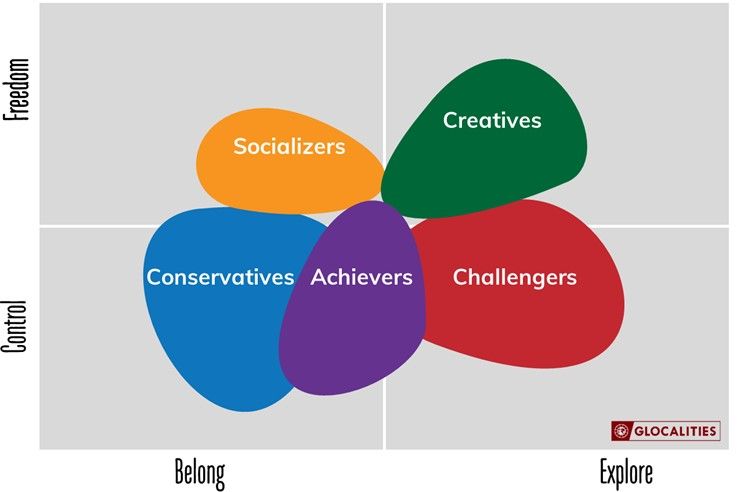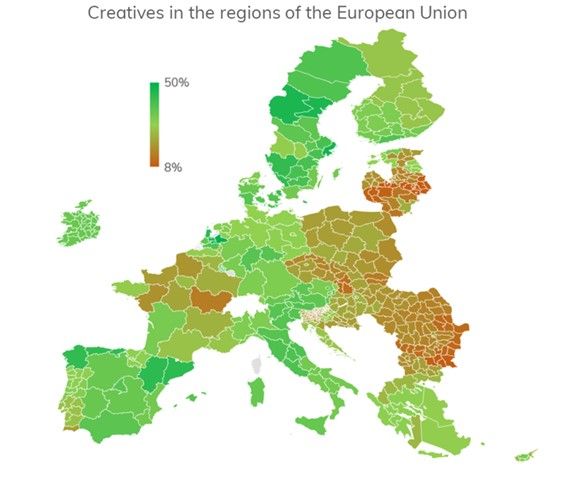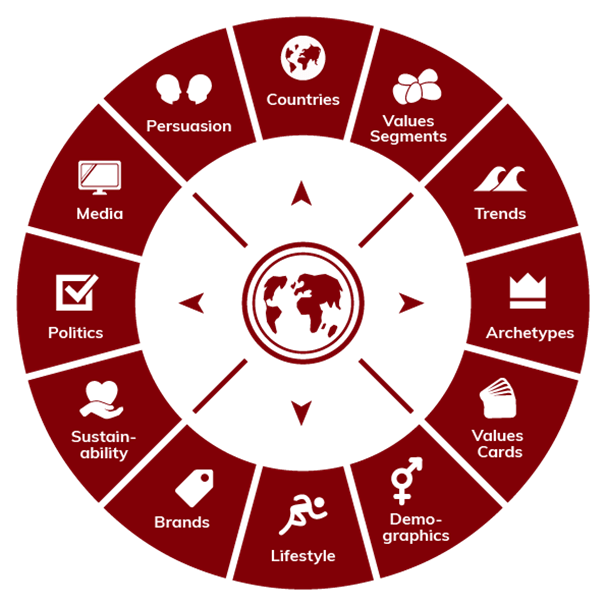Navigating the Crossroads of Polarization in Political Campaigns With Values-Based Strategies
Why this article?
- The European elections are only months away. Therefore, there is an urgent need to understand why voters make the choices they do.
- Tapping into the value orientation of voters helps with crafting campaign narratives that resonate with voters
- Glocalities possesses topical information about the values orientation of voters in many EU countries to facilitate campaigns. In this article we explain our unique approach and how we can help agents of change in the political arena.
2024 will be a crucial year for the future of global politics
In the rapidly changing landscape of global politics, the year 2024 holds many elections worldwide. The ascent of autocrats and right-wing populism cast a shadow over the democratic processes. Autocrats and right-wing populism thrive on societal polarization, exploiting divisions to gain support.
A critical question emerges: How can political parties bridge divides and reconnect across the social spectrum? Understanding the deeper values and motivations of diverse societal segments that shape the electorate is where it all begins.
Understanding the diversity within the electorate
We have created a unique model that distinguishes 5 groups of citizens based on fundamental values.

Figure 1 The Glocalities values segmentation model
Each values segment has a distinct worldview:
- Achievers are entrepreneurial networkers who focus on family and community life.
- Challengers are competitive careerists, fascinated by money, taking risks and adventure.
- Conservatives are family-oriented people who value traditions, etiquette and an organized life.
- Creatives are open-minded idealists who seek self-development and cultural participation.
- Socializers are sociability seekers who love entertainment, freedom and family values.
Each voter segment does not only have a unique worldview, but also distinct concerns, which affect their voting behavior as well. Did you know, for instance, that:
- Challengers and Achievers are especially concerned by economic growth.
- Creatives are especially concerned about the climate (other than the previously mentioned human rights agenda).
- Conservatives and Socializers are relatively more concerned about crime and immigration.
It is also important to remember that countries are not homogenous; specific regions often have a distinct identity. The following map is an impression of the distribution of Creatives among all European Union member states, based on our most recent surveys.

Figure 2 The prevalence of Creatives in various EU regions

Figure 3 The Glocalities tools for understanding citizen audiences
A clear divide in Europe becomes evident: Creatives are often concentrated in Southern and Western Europe and urban areas elsewhere. At the same time, they are much less present in Eastern Europe and some non-urban areas in Western Europe.
All too often politicians forget to leave their own (often Creative) “bubble”, which can negatively affect their respective campaigns. Tailoring their narrative to align with different voters’ worldview is crucial.
Let’s take the example of Creatives. They are advocates of human rights, gender equality and LGBTI+ rights (marriage equality). However, due to their limited prevalence in Eastern Europe, these topics are less prioritized overall. For more progressive political families, this means that communicating a single agenda all over Europe can backfire.
Helping politicians (re)connect with citizens: the Glocalities communications framework
It all starts with understanding the electorate better. What are the underlying drivers behind citizens’ voting behavior and their fears? Glocalities has developed specialized tools that help obtain a 360-degree view of voters.
We have further enhanced our methodology by means of a unique communications methodology. We support stakeholders throughout the process, so that they can connect with the roots of human behavior to drive fundamental change.
The following figure describes the Glocalities 4-step framework of communications:

Figure 4 The Glocalities approach for creating powerful messages that resonate
Our approach starts from within in step 1: who are we, and how do we compare with the world out there? In the second step, we look for universal frames, before we work on the specifics of tailored messaging in step 3. In step 4, we execute the strategy on the most effective channels for each audience.
The good news is that this rich information is already available in the Glocalities database! We can start at short notice and help you bring your electoral campaigns to the next level. The time to act is now, so do not hesitate to get in touch with us.

